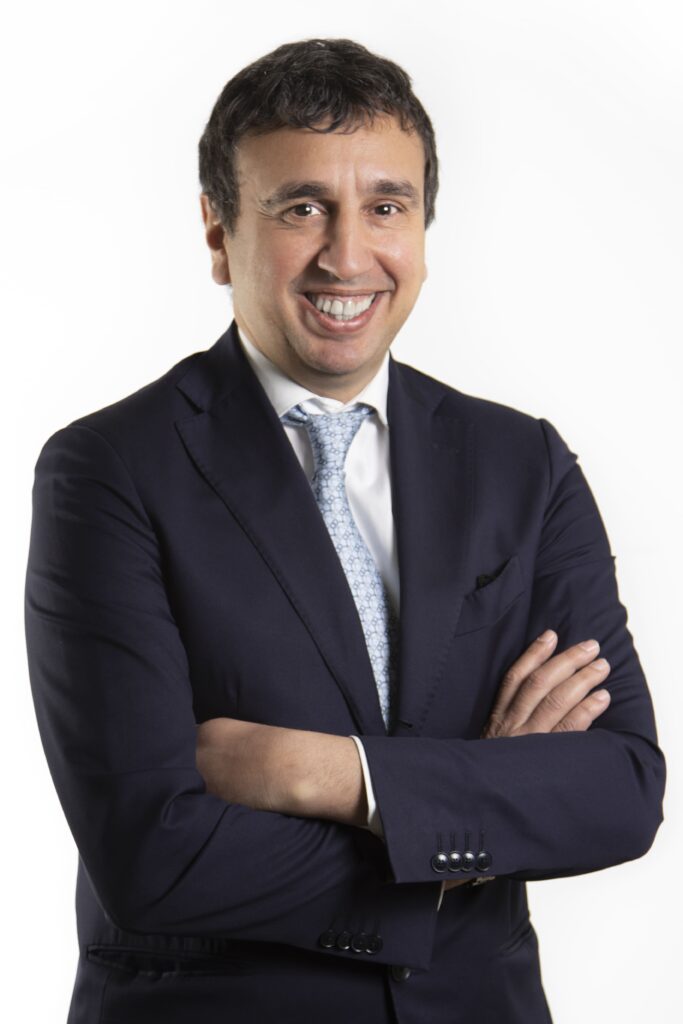We translate and publish in English the view of our Portfolio Manager Fabrizio Biondo released to FundsPeople Italia magazine. The original article can be found at this link: shorturl.at/hlHIP
– Markets are going through a critical phase due to persistent inflation, new restrictive central bank policies, and recession fears. What are the main risks for investors? What to expect in the coming months?
The main risk is the entrenchment of the passive approach to investing developed since the Great Financial Crisis: fifteen years of ultra-expansive policies without a trace of inflation until recently, and the generalized demonization of derivative credit instruments and longer-than-a-day liquidity windows, have shaped the collective financial mindset in the direction of an attendant, moral hazard-oriented attitude. Risk-taking became the object of an intermediation by monetary and fiscal authorities directed at taming markets and investors over time became addicted, waiting for bailouts rather than attempting to bail themselves out. Inflation is still largely cost-push, linked to supply-side constraints, but the combined aftermath of COVID-19 (in China in particular) and the conflict in Ukraine has made the expected normalization slower and more uncertain, leading to a widening of price strains to more structural components and consumer expectations. Unable to increase aggregate supply with a wave of a magic wand, Central Banks are left with only one alternative, to reduce aggregate demand and bring it down to the level of supply; this reduction must necessarily come through a tightening of global financial conditions, which will result in a likely economic recession in many developed countries (including the United States) and a further decline in financial assets over the next 6-12 months.
– Why can liquid alternative strategies be a viable option to protect investors’ portfolios in this adverse landscape?
Liquid alternative strategies in the Credit world are based on liquid derivative instruments that offer considerable latitude and depth in volatility containment and capital preservation, allowing selection of risk components deemed most critical (default rates, spread widening risk, rate dynamics, etc.). Physical bond markets have become increasingly large and illiquid, making direct modulation of portfolio risk virtually impossible. In contrast, Credit derivative instruments allow high nominal amounts to be traded at much lower cost, and relative liquidity tends to increase in difficult market conditions; thus it becomes possible to hedge and uncover portfolios very quickly.
Finally, these instruments give access to an interesting range of relative value trades, which are particularly attractive precisely when volatility increases, with greater differentiation and dispersion within markets.
Fabrizio Biondo
– What is the philosophy behind the Lemanik Active Short Term Credit and Lemanik Spring funds? What are the salient features of their investment process that make them distinctive instruments?
Both are High Yield funds, combining robust income generation with strong volatility containment and capital preservation. They share three distinctive factors in their approach to bond investing: 1) the focus on residual average life and not on duration, which is often a biased and manipulative measure: 2) the multi-currency FX-hedged approach, which allows for a broader and more differentiated investable universe, and to optimize exposure to issuers with bonds denominated in multiple currencies; and 3) the focus on regional HY markets (such as the Scandinavian market) that offer a better risk-return profile and distinctive characteristics. ASTC has a structurally shorter average residual life of less than one year, with more than 50 percent of the portfolio maturing in the next 12 months; market risk is modest on the spread side, and almost non-existent on the rate side, against which it indexes quickly; cash generation is copious (about 5 percent per month) shielding the subscriber from the risk of freezing the Fund and providing the fuel to seize the best reinvestment opportunities. The strategy has proven to achieve its return and volatility objectives over its fifteen-year history. Spring has a longer average residual life (max two years) but has a more powerful income generation engine, and based on a duration management model employs credit derivative instruments to control volatility and protect capital; these same instruments are then used to develop numerous relative value trades with a maximum risk budget at the annual level
– How are the funds’ portfolios currently exposed? What are the most recent actions you have taken?
At the physical bond portfolio level, the most decisive interventions we have made in recent months have gone toward reducing Scandinavia to the benefit of the European HY market. The former continues to be the key block in our portfolios, but its outperformance over the past 18 months and the sharp correction of the European HY market have argued in favour of a partial rebalancing, also considering the different prevailing coupon profile (variable for ll Nordic HY, fixed for Euro HY). In the sectoral area, we halved Real Estate given the rate dynamics, and weighed down the LNG transport sector, which benefits from the reorganization of the energy sector. Regarding Spring’s credit derivative portfolio, we have maintained throughout 2022 a significant hedging position (short risk) that has strongly smoothed volatility and stabilized the Fund’s performance; since the second half of May, we have started to reduce it significantly but remain vigilant given the complexity of the macro framework.

Fabrizio Biondo
Fabrizio Biondo is a CFA certified manager and has more than 20 years of experience in Fixed Income with a strong specialisation in credit and fundamental analysis of the debt structure of sovereign and corporate issuers.

